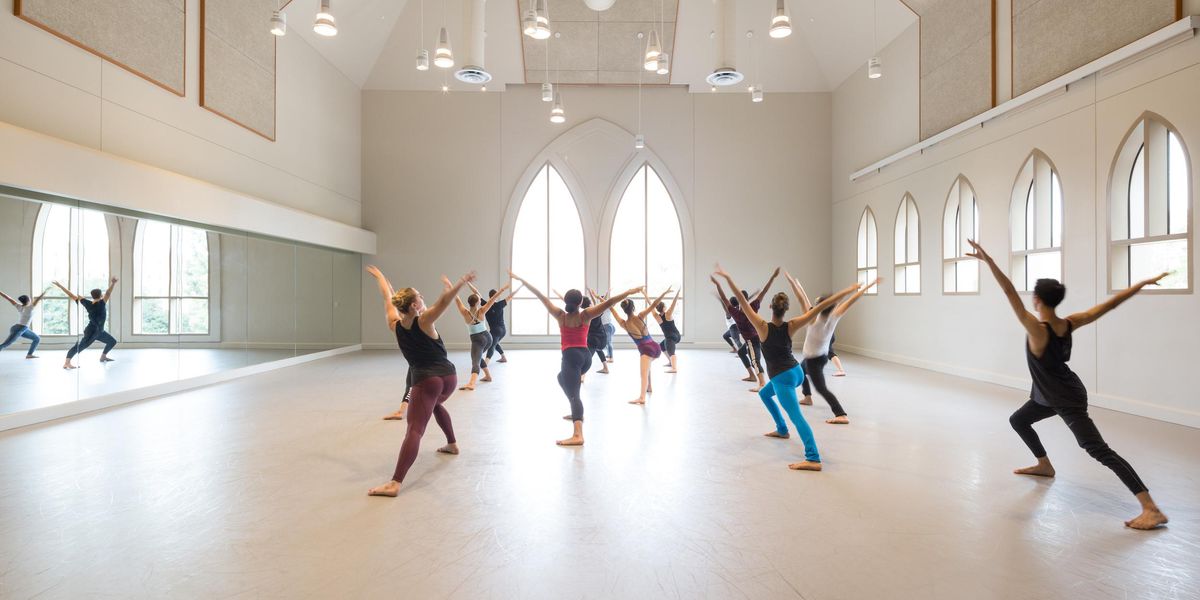Going Raw
A diet without cooking contains both hope and hype for dancers.
During her performance season last fall, Carolina Ballet soloist Cecilia Iliesiu challenged herself to eat a vegan diet of mostly raw meals for one month. But her energy lagged. “I wasn’t getting all that I needed,” she says. “I’m not sure I could survive as a dancer on just a raw foods diet.”
Yet, like many dancers—and Americans—she remains enthusiastic about the potential health benefits. In January 2014, U.S. News & World Report rated the raw food diet among one of today’s most popular. Raw foodists believe that the nutrients in fresh, organic vegetables and fruits and other “living” foods such as sprouted seeds, nuts, grains and beans provide our bodies with the means to thrive, not just survive. But are the benefits real? And can a strict raw food diet fulfill a dancer’s constant energy demands?
In America, the raw foods philosophy dates back to 1830, when Presbyterian minister Sylvester Graham urged eating primarily fresh fruits, vegetables and nuts to survive an impending cholera epidemic. Those who followed his advice reportedly survived in greater proportion than those who did not.
Today, proponents argue that cooking foods reduces their nutrient levels and increases compounds that can damage health. They heat foods to a maximum of 115 degrees Fahrenheit. (Though most raw foodists are vegan, some incorporate unpasteurized milks, cheeses, yogurt and kefir, even raw meat and eggs, into their diet.)
They’re partially correct about nutrient loss. A recent report from Vanderbilt University found that both minerals and vitamins are reduced in cooked foods, especially vegetables. In the case of minerals, the loss is often up to 40 percent. However, it depends on the food: While broccoli, Brussels sprouts, kale and other leafy greens, cabbage, garlic and zucchini have all been shown to lose a significant amount of their immune-boosting phytochemicals during cooking, other vegetables such as tomatoes, sweet potatoes, corn, onions and carrots require cooking in order to optimize their benefits.
Many athletes who turn to raw foods cite energy and concentration improvements. “Plant-based, alkaline-forming foods can reduce inflammation in the body,” says Brendan Brazier, whose athletic nutrition consulting includes Ironman triathletes and professional hockey, baseball and football players. “Reduced inflammation means greater efficiency for your muscles.”
Yet eating raw can lead to deficiencies in such things as vitamins B12 and D, and omega-3 fatty acids. It’s possible to get these through supplements or specific foods like seaweed, dried mushrooms and hemp seeds, respectively, but it requires vigilance. Amar Fuller, a Massachusetts-based certified health counselor and raw foods educator, suggests that dancers eating raw add extra protein by drinking two 16-ounce green juices per day (in addition to regular meals), mixing in high-quality protein powder or blue green algae. Other high-protein add-ins like hemp or chia seeds or sunflower sprouts can also help.
For dancers, the biggest risk is that such a limited diet can be a gateway to disordered eating. Since raw foods can be used to keep a lean physique, they can also be abused. “Dancers can easily get into restrictive energy deficiency,” says Jorie Janzen, a certified nutritionist who coaches professional dancers in Canada. Although it is possible to get enough calories eating raw, disciplined dancers can take the diet too far. “It might set you up to be overly strict with yourself,” says National Ballet of Canada second soloist Dylan Tedaldi, who has dabbled with raw foods.
The most sustainable option for most dancers is to simply incorporate more raw foods into their regular diet. “Even eating 50 percent raw foods is absolutely beneficial,” Fuller says. In addition to green smoothies, she suggests buying or growing your own sprouts. “Mung bean sprouts, for example, are great to put in a baggie to snack on. They provide so much protein.” Or, adding sprouts to pastas or stir-fries adds raw nutrition to a cooked meal.
“Any diet can work,” says Janzen. “You just have to make it work for you and what your body needs and tolerates. Most people take what they like from this diet and leave what is impractical for them.”
Raw food diets aren’t all chopped vegetables, salads and smoothies
. Cookbooks such as Healthful Cuisine, by Anna Maria Clement, and Becoming Raw, by Brenda Davis, Vesanto Melina and Rynn Barry, explain how to make soups, grains, legumes, crackers, bread and even desserts using low- or no-heat methods.
Make Your Own Sprouts
Ounce for ounce, sprouts provide more nutrients than most whole foods. Any seed, bean or grain is sproutable, but beginners might like mung beans, or alfalfa, radish and clover seeds. Most health food stores sell sprouting seeds.
1. Start with 1/4 cup of seeds or beans, rinsed in warm water.
Once the seeds are in the jar, fill with 3/4 cup of water, then cap with cheesecloth and a rubber band and let soak overnight.
2. In the morning, drain the water and rinse thoroughly, leaving the jar tilted about 45 degrees upside down (with the cheesecloth lid restored) in a warm, dark place.
3. Rinse and drain twice per day until your seed sprouts grow a tail of 1 to 2 inches (1/4 to 1 inch for bean sprouts). Timing varies from
3 to 6 days.
4. Your 1/4 cup will yield about 2 cups of sprouts. With seeds like alfalfa, radish or clover, you can move the jar to a brighter location once the tails appear, to increase the amount of nutrient-rich chlorophyll.
5. When the jar is full and the tails have grown to the length you like, store in an airtight container in the refrigerator, well drained.




